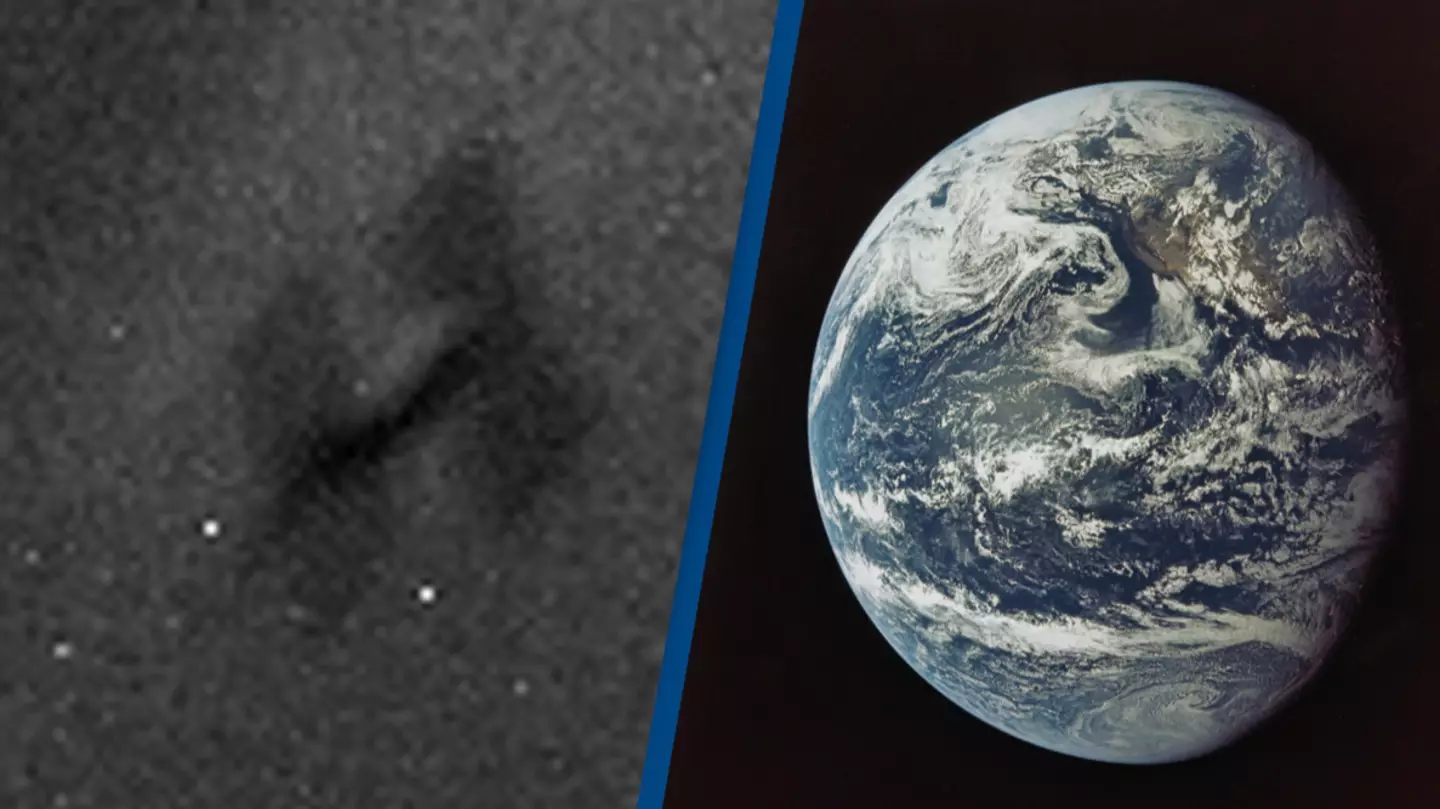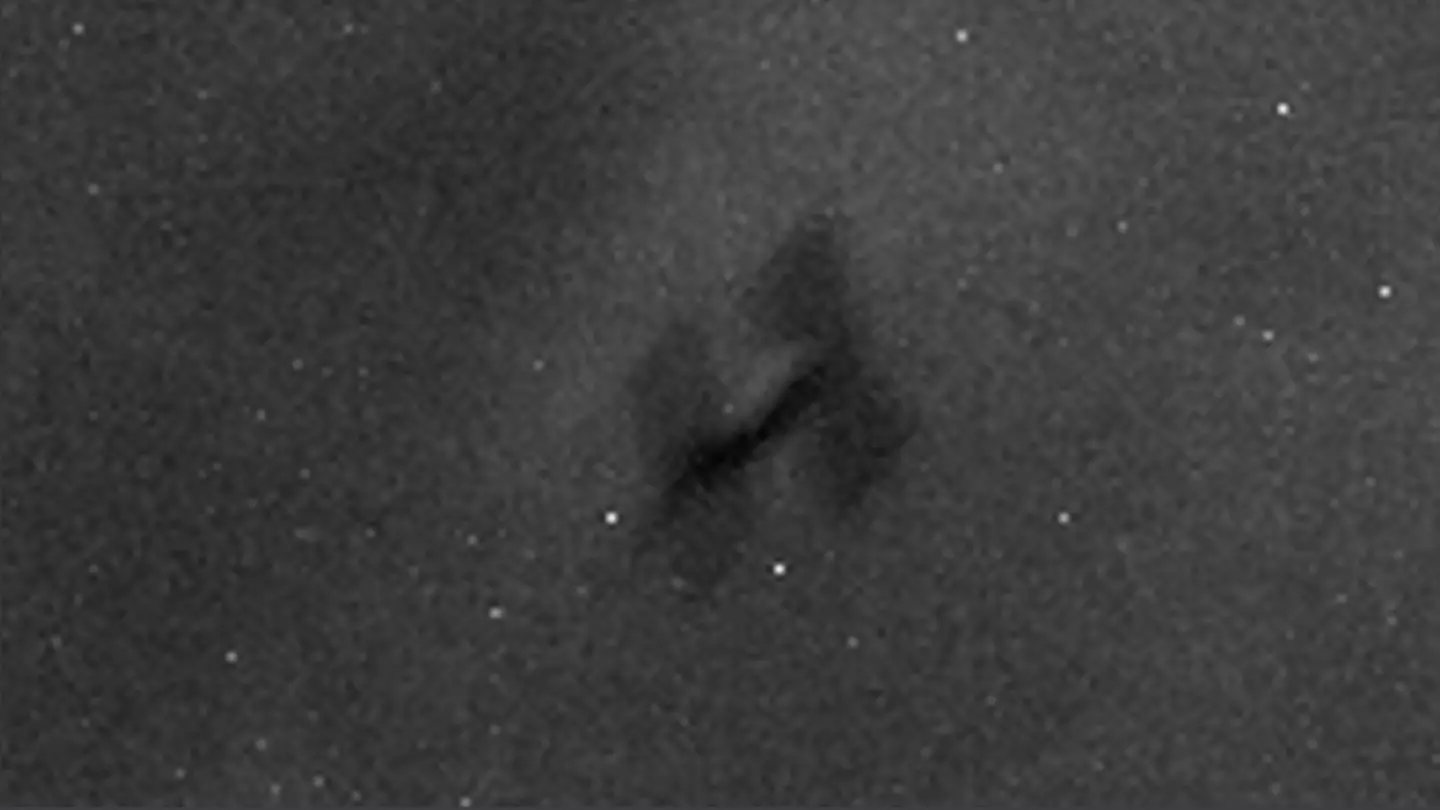
An out-of-control satellite will crash into Earth later this week, almost 30 years after it was first launched.
Of course, this news has prompted concerns among many, as scientists have no idea where it will actually land.
According to NASA, there is a one in 2,500 chance it could land on someone’s head - something that is obviously quite slim in probability.
Advert
The satellite, known as ERS-2, is expected to break up into many pieces on reentry into Earth's atmosphere, the majority of which will burn up.
The European Space Agency (ESA) said ERS-2's reentry is ‘natural’ as they can no longer control the satellite.
The only force impacting the satellite's return to Earth is atmospheric drag, something which is influenced by unpredictable solar activity.

The ESA states: "While we can forecast the reentry to within a few days, it is not possible to predict exactly when and where the satellite will reenter prior to its final few orbits.
Advert
"As we approach the day of reentry, we will be able to predict a time and location with increasing certainty.
"During reentry, the satellite will break up into pieces, the majority of which will burn up. The risks associated with satellite reentries are very low."
Photos of the satellite tumbling towards Earth's atmosphere were released by the ESA on Monday (19 February).
The intriguing snaps were taken between 14 January and 3 February, with the ERS-2 altitude at that stage sitting at over 300km.
Advert
Currently, the satellite sits at an altitude of about 200km, as it continues to fall more than 10km every day.
However, the speed of its descent has been increasing rapidly.

Currently, the European Space Agency (ESA) is predicting that the satellite will reenter the Earth's atmosphere at 7.10am EST or 4.10am PST on Wednesday (21 February).
Advert
Previously, experts had predicted the satellite would land some hours beforehand, so that time could certainly change again before Wednesday.
The ESA's prediction has a margin of error of a whopping 26 hours either side.
When the ERS-2 reaches around 80km in altitude, it will start to break and then burn up.
The ESA states that some of these fragments could make it to Earth, but will most likely land in the ocean.
Advert
The ERS-2 launched in 1995, something that made a lot of headlines at the time.
Mirko Albani, head of ESA's Heritage Space Programme, said: "It provided us with new insights on our planet, the chemistry of our atmosphere, the behaviour of our oceans, and the effects of humankind's activity on our environment."
Topics: Space, Science, Technology, Environment, World News